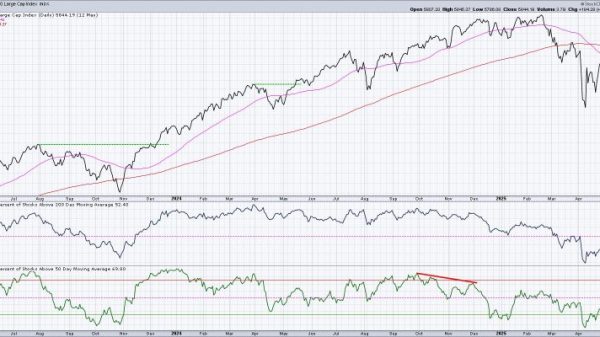Investing in a company can be a risky venture, especially if you are not familiar with how to evaluate its financial health. Before putting your hard-earned money into a business, it is crucial to conduct a thorough analysis of its financial standing to ensure that you are making a sound investment. There are several key metrics that you should consider when evaluating a company’s financial health.
One of the first things you should look at is the company’s financial statements, including its income statement, balance sheet, and cash flow statement. These documents will give you a comprehensive overview of the company’s financial performance and help you understand its revenue, expenses, assets, liabilities, and cash flow.
Another important metric to consider is the company’s profitability. You should analyze its profit margins, return on equity, and return on assets to determine how efficiently the company is generating profits from its operations. A company with high profit margins and strong returns on equity and assets is likely a good investment.
Additionally, you should evaluate the company’s financial leverage, or its ability to meet its financial obligations. You should look at its debt-to-equity ratio, interest coverage ratio, and current ratio to assess whether the company has a healthy level of debt and enough liquidity to cover its short-term liabilities.
Furthermore, you should consider the company’s growth prospects and competitive advantage. Analyze its revenue growth, market share, and industry position to determine whether it has the potential for long-term success and continued profitability.
In conclusion, evaluating the financial health of a company before investing is essential to making informed investment decisions. By analyzing key financial metrics, such as the company’s financial statements, profitability, financial leverage, growth prospects, and competitive advantage, you can assess whether the company is a sound investment opportunity. Conducting a thorough financial analysis will help you mitigate investment risks and increase your chances of achieving positive returns on your investment.




























